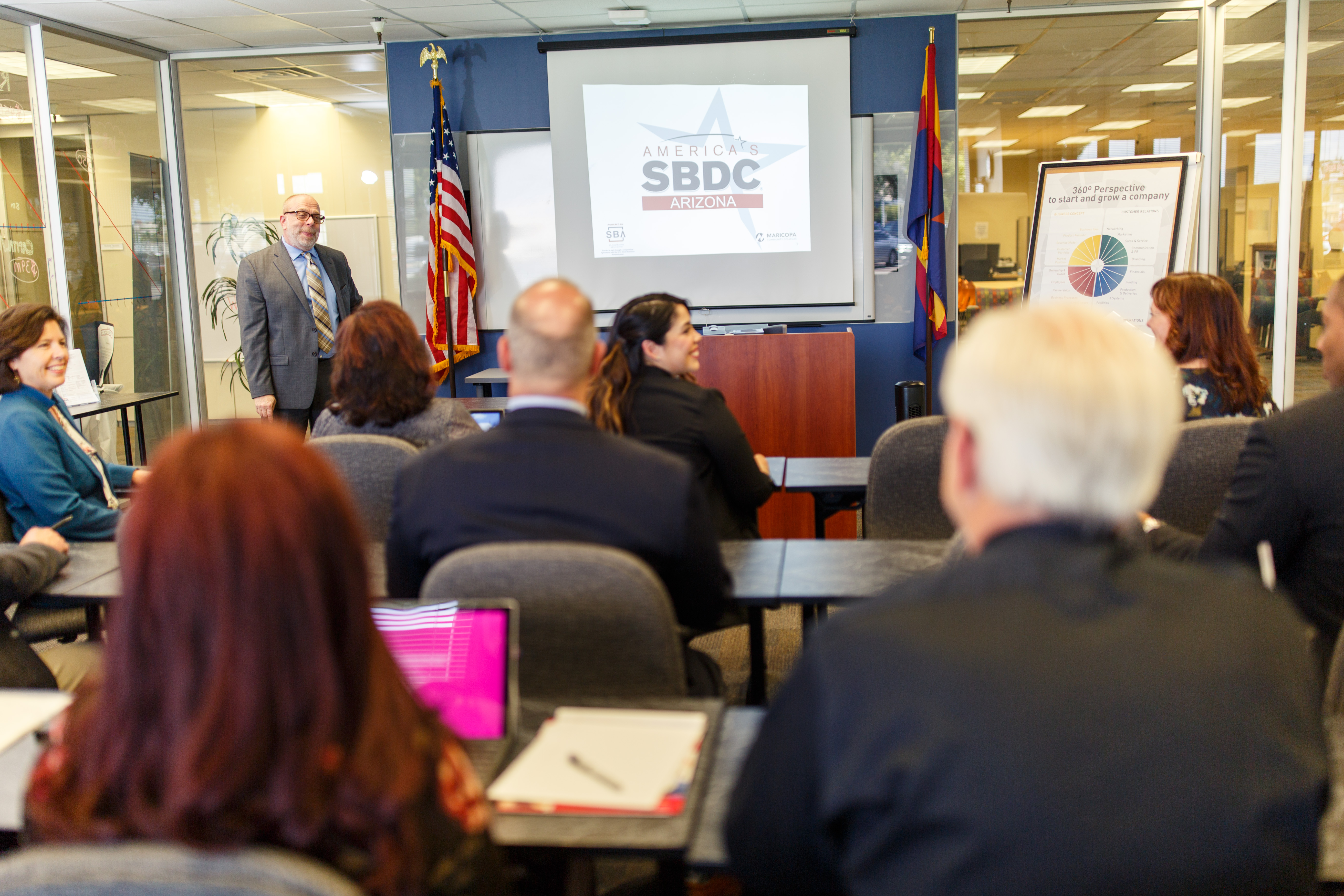It happens at the best of companies, and it’s never a comfortable moment: You encounter an employee or co-worker treating a customer poorly. Not necessarily flat-out rudely, but at least a lesser offense: perhaps rushing a customer, sounding distracted, giving a bare-minimum response to a question or request, and so forth.
Obviously, this isn’t good. And if you’re interested in what may be causing it, here are some common culprits:
- Lack of training: An employee can come on board with the best of intentions and even a natural knack for treating customers well, but without thorough training, they won’t know how to turn their intentions into actual customer-pleasing results.
- Lack of reinforcement: You can’t take a bath just once and expect the results to last forever, and customer service instruction is the same. A reinforcement routine, for example a daily lineup or huddle devoted to customer service philosophy and practices, is a necessary component of building and maintaining customer service excellence.
- Mistreatment of employees by leadership: It’s ridiculous to expect employees to treat customers well when they’re working for someone who treats them poorly themselves.
- Lack of empowerment. It’s bad for employee and customer alike if an employee is unable to creatively help a customer without first proposing the solution to a manager and then waiting for approval. This situation leads employees to get less and less creative as the days grind onward, since they know their hands are essentially tied.
There is one more culprit to consider as a possibility: Maybe the customer service employee has forgotten (or doesn’t know) what it feels like to be a customer.
When someone is working behind the register, or terminal, or kiosk, facing customers directly or via a telephone or internet connection, it’s hard to make the leap to what it feels like on the other side. And even if they at one time succeed in making this empathic leap (perhaps right after they attended a customer service training workshop), it can be hard to maintain this awareness in the face of the ongoing onslaught of day-to-day busy-ness in a customer-facing environment.
If this is a problem at your company, here are three solutions.
- Create and act out some detailed role-plays. While it’s never quite like the real thing, a well-constructed role-play can give an employee a chance to feel something akin to the customer side of the service employees.
- Provide customer-facing employees with an opportunity to shop your own business. Give them $5, or $50, or $500 (depending on the nature of your business) and let them go on a spree. The string attached to the cash you give them is this: they need to answer some thought-provoking questions when they’re done, both to distill and focus their own thinking and to help you out with internal improvement.
- Send your employees out to shop a great customer service provider outside of your industry. Perhaps you, as a leader, inherently make connections in your head between how customer service should be done in your own business and the great retail customer service at Nordstrom or Publix or the great hospitality you’ve encountered at a five-star hotel. But your employee may not have this frame of reference. What to do? Give them some money to shop at Nordstrom or to buy groceries at Publix or Trader Joe’s, or take them for lunch or drinks at a restaurant within your local five-star hotel and let them experience the treatment: the warm greeting, the use of customer names, the adjustment of timing to the speaking style of the guests, the fond farewell. It could be the best $10 or $20 investment (per employee) you ever made. As with the internal shopping trip, request that they answer a questionnaire when they get back.




